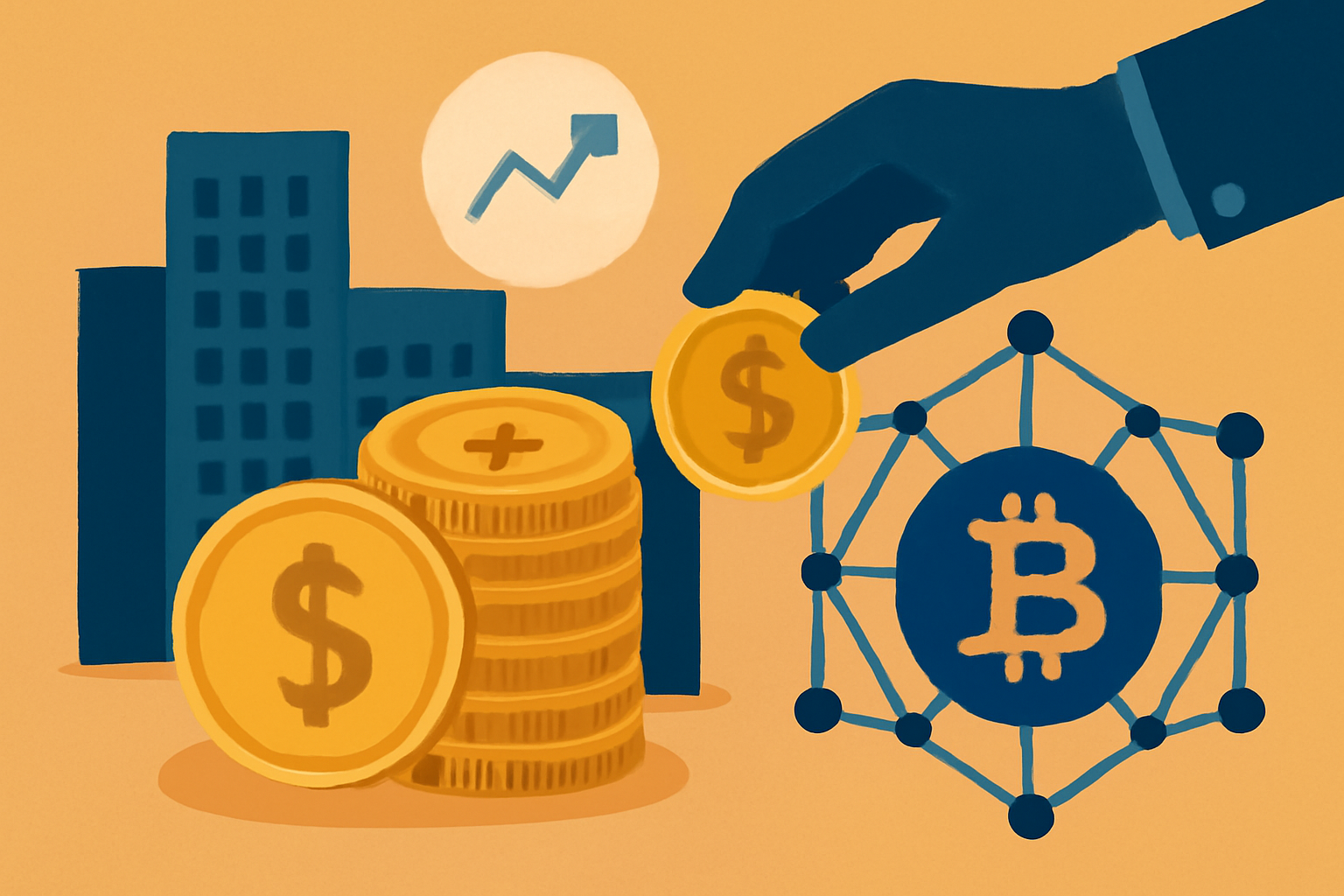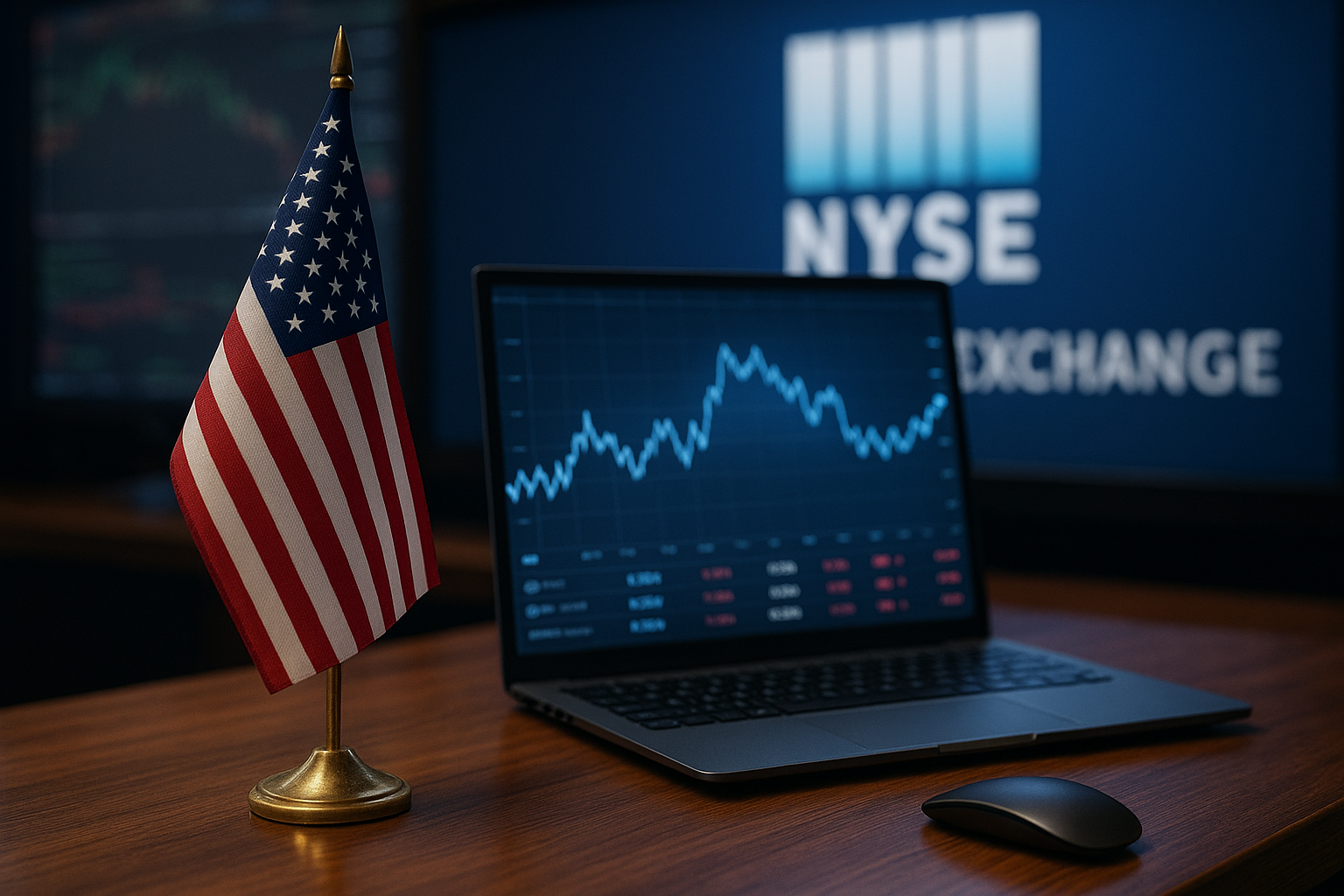The line between traditional finance and blockchain just blurred even further. In a landmark show of institutional confidence, financial heavyweights Goldman Sachs, Citadel Securities, and other major firms have pumped $135 million into Digital Asset, a blockchain infrastructure startup powering the Canton Network—a cutting-edge public blockchain platform designed to tokenize real-world financial assets.
This isn’t just another crypto bet—it’s a clear signal that legacy financial institutions are aligning themselves with the next frontier of capital markets: asset tokenization and decentralized infrastructure. And for investors, the message is unambiguous—blockchain is becoming mainstream finance’s new foundation.
Why This Move Matters for Investors
In recent years, the narrative around blockchain has shifted from speculative hype to strategic infrastructure. Institutional players are now moving beyond just exploring crypto assets to backing blockchain rails that underpin future financial transactions. The Canton Network, developed by Digital Asset, is one such initiative.
This decentralized network is designed to facilitate secure, interoperable tokenization of real-world assets (RWAs)—think stocks, bonds, funds, and even carbon credits—allowing them to be traded and settled more efficiently across platforms. Canton already counts BNP Paribas, Deloitte, Deutsche Börse, and Microsoft as ecosystem participants.
According to Financial News London, the $135M funding will be used to further scale Canton’s operations and support widespread integration with existing financial systems.
“The future of finance is programmable,” said Digital Asset CEO Yuval Rooz. “This investment validates our vision of interoperable, institutional-grade blockchain infrastructure.”
For investors, this investment underscores a rising theme: blockchain isn’t just about cryptocurrency—it’s about transforming the underlying fabric of financial markets.
The Bigger Picture: Tokenization on the Rise
Tokenization—the process of converting real-world assets into digital tokens on a blockchain—is forecasted to become a $16 trillion opportunity by 2030, according to a 2024 Boston Consulting Group report. That’s nearly 10% of global GDP.
Already, BlackRock has launched tokenized money market funds on Ethereum, and JPMorgan is facilitating blockchain-based repo trades through its Onyx platform. Canton Network adds to this momentum by enabling privacy-preserving interoperability—something existing public blockchains often lack.
In essence, while many blockchain projects focus on retail or DeFi use cases, Digital Asset is building for Wall Street, bringing much-needed scalability and compliance to the equation.
Key Investment Insight
For retail and institutional investors alike, the rise of institutional blockchain infrastructure signals a high-growth sector that’s still in its early innings. Consider these angles:
- Blockchain Infrastructure Stocks: Companies like Coinbase (COIN) and Block (SQ) may benefit indirectly as ecosystem adoption widens.
- Tokenization ETFs: While still nascent, ETFs focused on financial digitization, such as Amplify Transformational Data Sharing ETF (BLOK), offer diversified exposure to blockchain enablers.
- Private Equity and VC Participation: For accredited investors, opportunities to participate in early-stage blockchain infrastructure startups are expanding via secondary platforms and digital asset funds.
Future Trends to Watch
1. Regulatory Clarity Fuels Adoption
With regulatory frameworks around digital assets evolving rapidly in the U.S., EU, and Asia, expect traditional finance to accelerate blockchain integration once legal certainty improves.
2. RWA Token Ecosystems
As more institutions tokenize assets, demand for blockchain-native marketplaces, custodians, and compliance tools will rise, spawning an entire service layer around RWAs.
3. Interoperability Will Win
Canton’s privacy-preserving design lets financial institutions transact securely while complying with strict governance policies—a key differentiator compared to public chains like Ethereum or Solana.
As the worlds of TradFi and blockchain converge, investors should stay alert to where the smart money is flowing. If Goldman Sachs and Citadel are anything to go by, the next wave of blockchain innovation isn’t speculative—it’s structural.
For more cutting-edge investor updates and actionable insights on where the financial world is headed, follow MoneyNews.Today—your daily edge in the markets.





